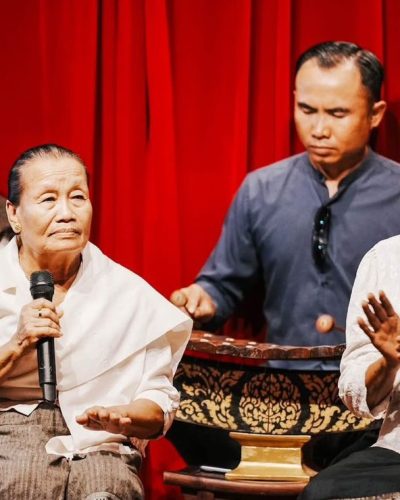Five new World Heritage Sites in Asia
Five important Asian attractions were added to the UNESCO World Heritage List during the 47th session of the World Heritage Committee, held in Paris from 6th to 16th July 2025. Recognised for their exceptional cultural, historical and natural value, these newly inscribed sites offer travellers meaningful opportunities to engage with the region’s rich heritage and diverse environments. The five new additions are:
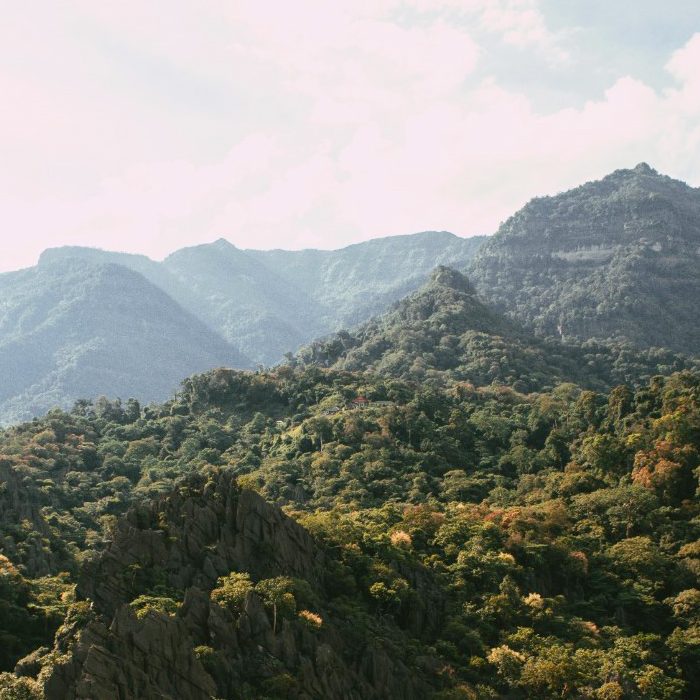 |
Laos’ Hin Nam No National Park This vast limestone forest on Laos’s Eastern border, adjoining Vietnam’s Phong Nha-Ke Bang National Park, is home to one of South-East Asia’s oldest cave eco-systems. The towering karst peaks and remote caverns provide a haven for rare wildlife. Visitors can trek through pristine forests, explore enormous cave systems and engage with local communities who have lived in harmony with this unique landscape for generations. |
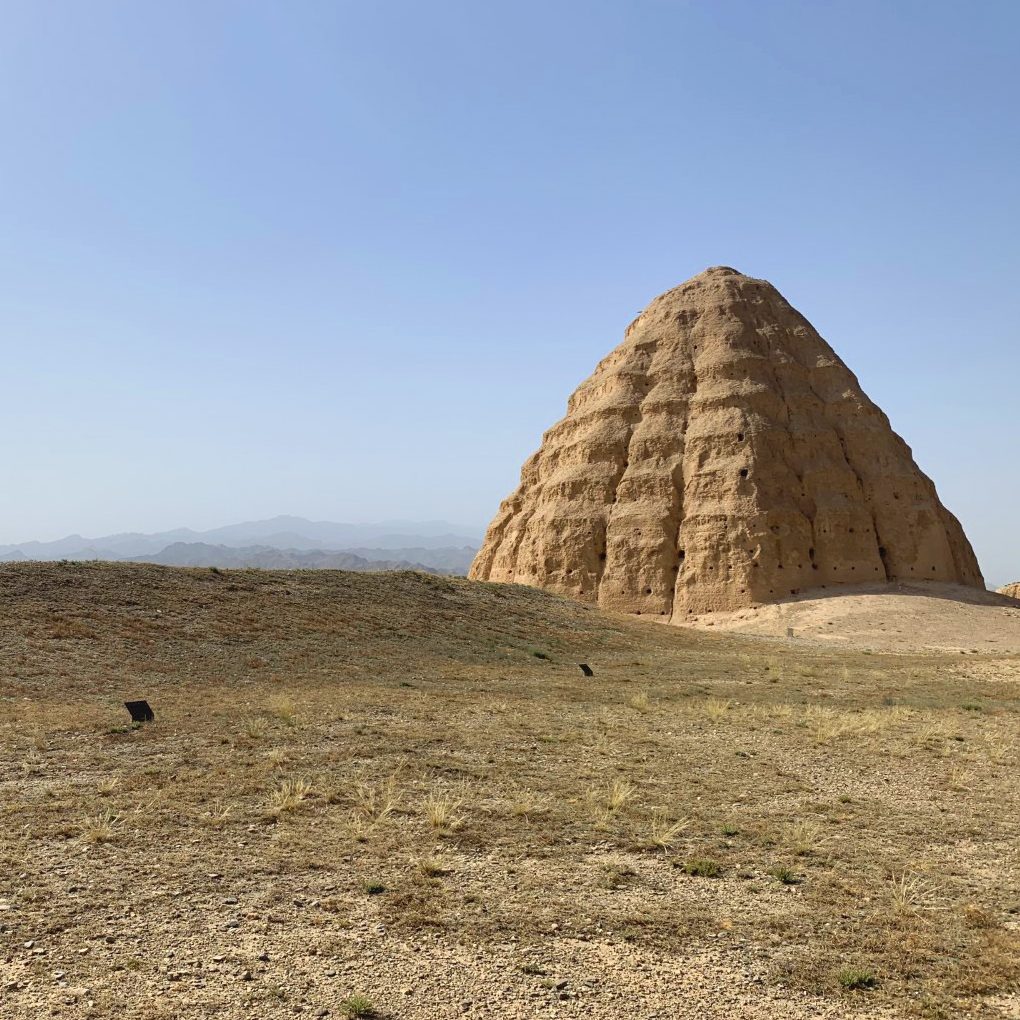 |
China’s Xixia Imperial Tombs Nestled at the foot of the Helan Mountains in Ningxia, the Xixia Imperial Tombs preserve the legacy of the Tangut-led Xixia Dynasty, from 1038–1227. The site features nine imperial mausoleums and 271 satellite tombs that reflect a fusion of Chinese imperial architecture and Buddhist spiritual practice. Travellers can explore ancient stone structures, dramatic desert landscapes and archaeological remnants that highlight the dynasty’s role as a vibrant multicultural hub along the famed Silk Road. |
 |
Cambodia’s Memorial Sites Consisting of three historically significant locations – M-13 Prison, Tuol Sleng Genocide Museum and Choeung Ek Genocidal Centre – these sites serve as powerful reminders of Cambodia’s tragic past under the Khmer Rouge regime. Visitors can engage with detailed exhibitions, preserved prison cells and personal testimonies that document the atrocities committed between 1975 and 1979. These places serve as meaningful spaces for learning, reflection and remembrance. |
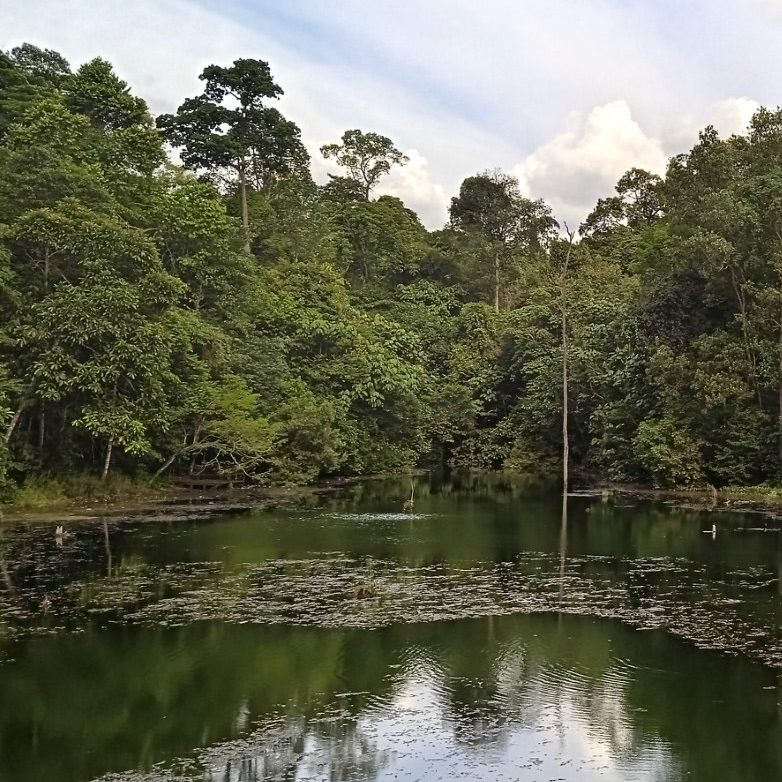 |
Malaysia’s FRIM Selangor Forest Park Located 16 km from Kuala Lumpur, this park showcases a pioneering example of ecological restoration. Developed on degraded tin-mining land in the 1920s, the Forest Research Institute Malaysia (FRIM) has since transformed it into a thriving tropical rainforest. Visitors can explore shaded trails, canopy walks, tranquil lakes and heritage trees, while learning about Malaysia’s forest ecology and the science of reforestation. The sanctuary also contains research centres dedicated to sustainable land rehabilitation. |
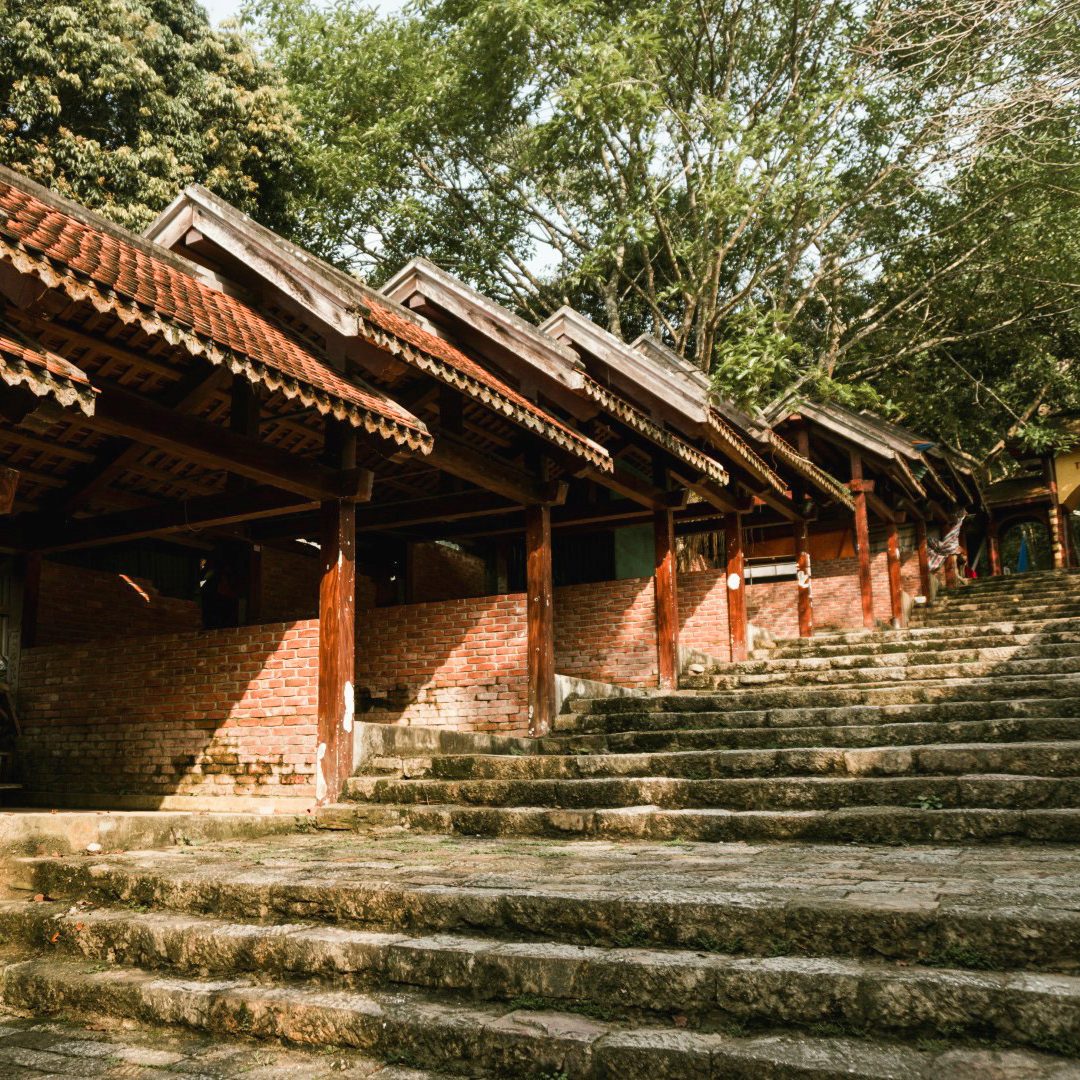 |
Vietnam’s Yen Tu-Vinh Nghiem-Con Son, Kiep Bac Complex Spanning sacred mountains, lowlands and river valleys, this complex was central to the development of Truc Lam Buddhism, a uniquely Vietnamese Zen tradition. Visitors can explore historic pagodas, temples and meditation retreats within the forests of Yen Tu Mountain, once a royal and religious centre during the Tran Dynasty. Rich in spiritual and natural beauty, the area continues to attract those seeking scenic treks and a deeper connection to Vietnam’s religious heritage. |
For advice about how to incorporate these unique cultural heritage sites into your tour, contact our destination experts at Asian Trails













